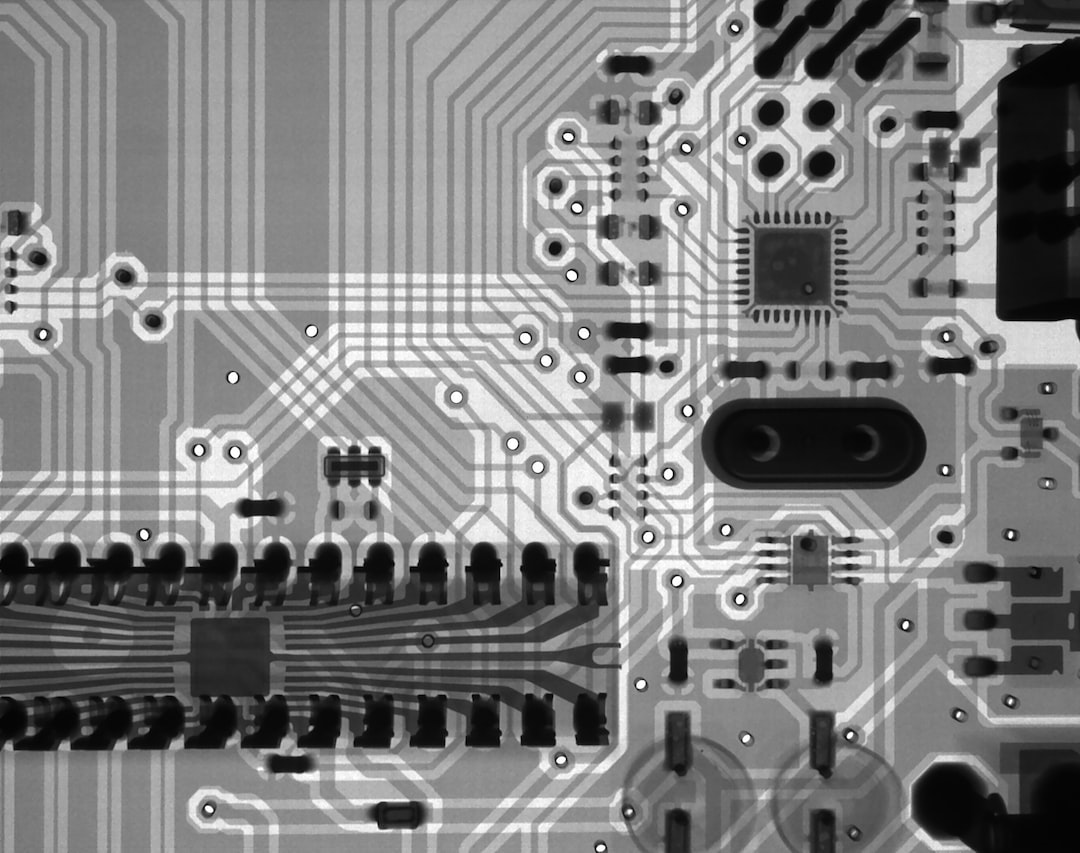Robotics and Automation: Enhancing Efficiency and Workflow
In today’s fast-paced world, businesses are constantly searching for ways to increase efficiency, reduce costs, and enhance workflow. One solution that has gained significant traction is the integration of robotics and automation into various industries. With advancements in technology, robots are now capable of performing complex tasks with precision and speed, thereby revolutionizing the way we work.
One of the key benefits of robotics and automation is the significant improvement in efficiency. By automating repetitive and mundane tasks, businesses can free up valuable time and resources for more important and strategic endeavors. For example, in the manufacturing industry, robots can perform tasks such as assembly and packaging, which are often monotonous and time-consuming for humans. The use of robots in these processes not only increases productivity but also ensures accuracy and reduces the likelihood of human errors.
In addition to improving efficiency, robotics and automation can also greatly enhance workflow. With the capability to work 24/7 and perform tasks without breaks or rest, robots can keep production lines running smoothly and reduce downtime. Moreover, robots can be programmed to collaborate with humans, creating a seamless workflow by delegating tasks that require both human decision-making and robotic precision. This collaboration not only optimizes the efficiency of operations but also increases the overall quality and output of the final product.
Another significant advantage of robotics and automation is the ability to streamline and standardize processes. Robots can be programmed to follow specific instructions consistently, ensuring that tasks are performed with precision and uniformity. This is particularly beneficial in industries such as healthcare, where the accuracy and consistency of procedures are of utmost importance. By eliminating human variability, robots can help reduce errors and enhance patient safety.
Furthermore, incorporating robotics and automation into various industries can also lead to cost savings. While the initial investment in robots may be significant, the long-term benefits outweigh the costs. Robots do not require salaries, benefits, or breaks, significantly reducing labor costs. Additionally, their precision and accuracy result in higher-quality products, reducing waste and material costs. Moreover, their ability to work efficiently and continuously minimizes operational costs associated with downtime and inefficient workflow.
However, it is worth noting that the integration of robotics and automation does raise concerns about job displacement. As robots take over certain tasks previously performed by humans, there is a fear that this may lead to unemployment. While it is true that some jobs may become obsolete, the increased efficiency and productivity brought about by robots can create new job opportunities and drive economic growth. Moreover, humans are still needed to oversee and manage the robots, as well as develop and maintain the technology, thereby creating new avenues for employment.
Furthermore, the integration of robotics and automation also presents opportunities for upskilling and reskilling the workforce. As robots take over repetitive and menial tasks, humans can focus on more complex and creative tasks that require critical thinking and problem-solving skills. This shift in job requirements necessitates investing in training and education to ensure that the workforce is equipped with the necessary skills to adapt to the evolving job market.
In conclusion, robotics and automation offer tremendous potential in enhancing efficiency and workflow across industries. The integration of robots into various processes not only improves productivity but also ensures accuracy, reduces errors, and streamlines operations. While concerns about job displacement exist, it is important to view robotics and automation as tools that can augment human capabilities rather than replace them. By embracing the benefits of robotics and automation, businesses can optimize their operations, reduce costs, and unlock new opportunities for growth and development.

